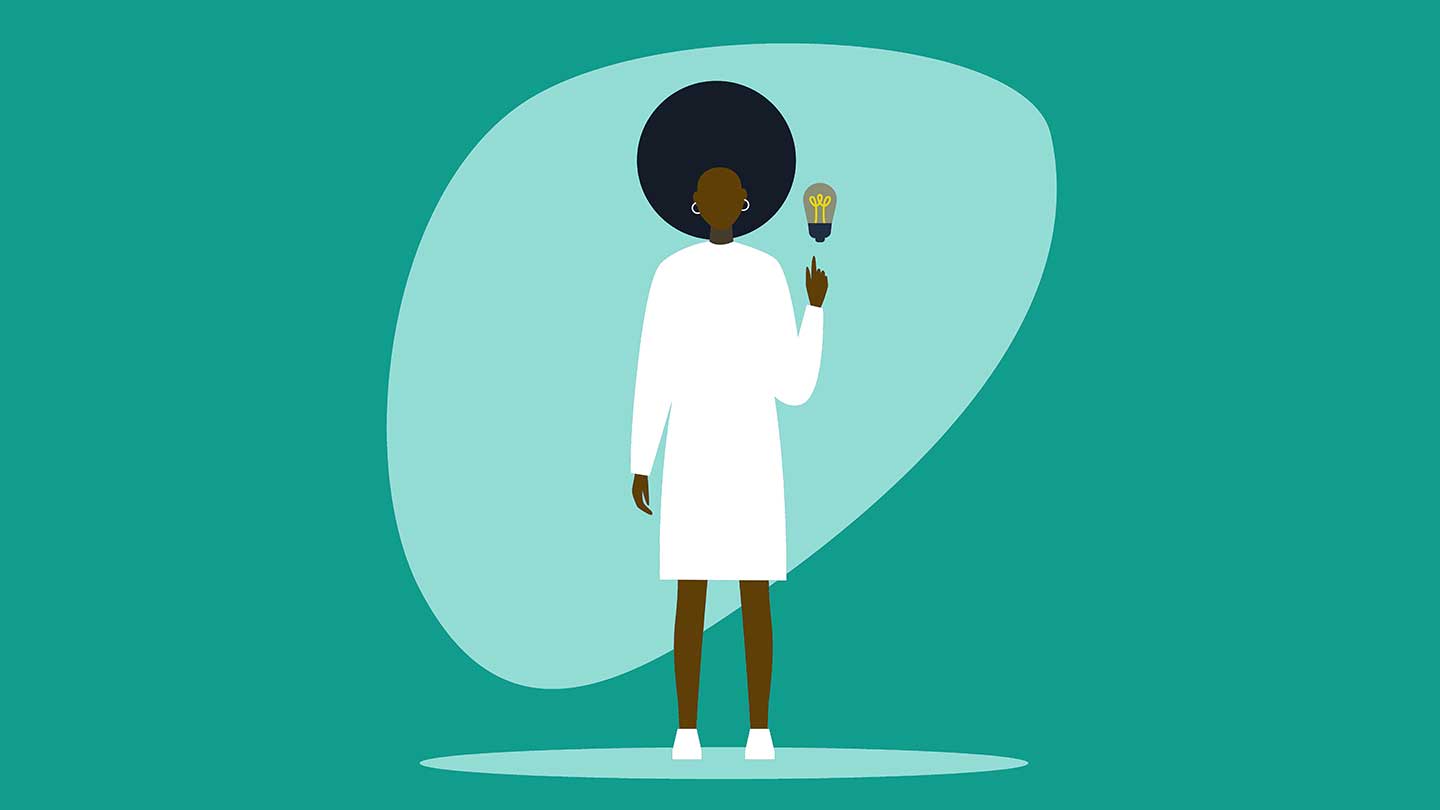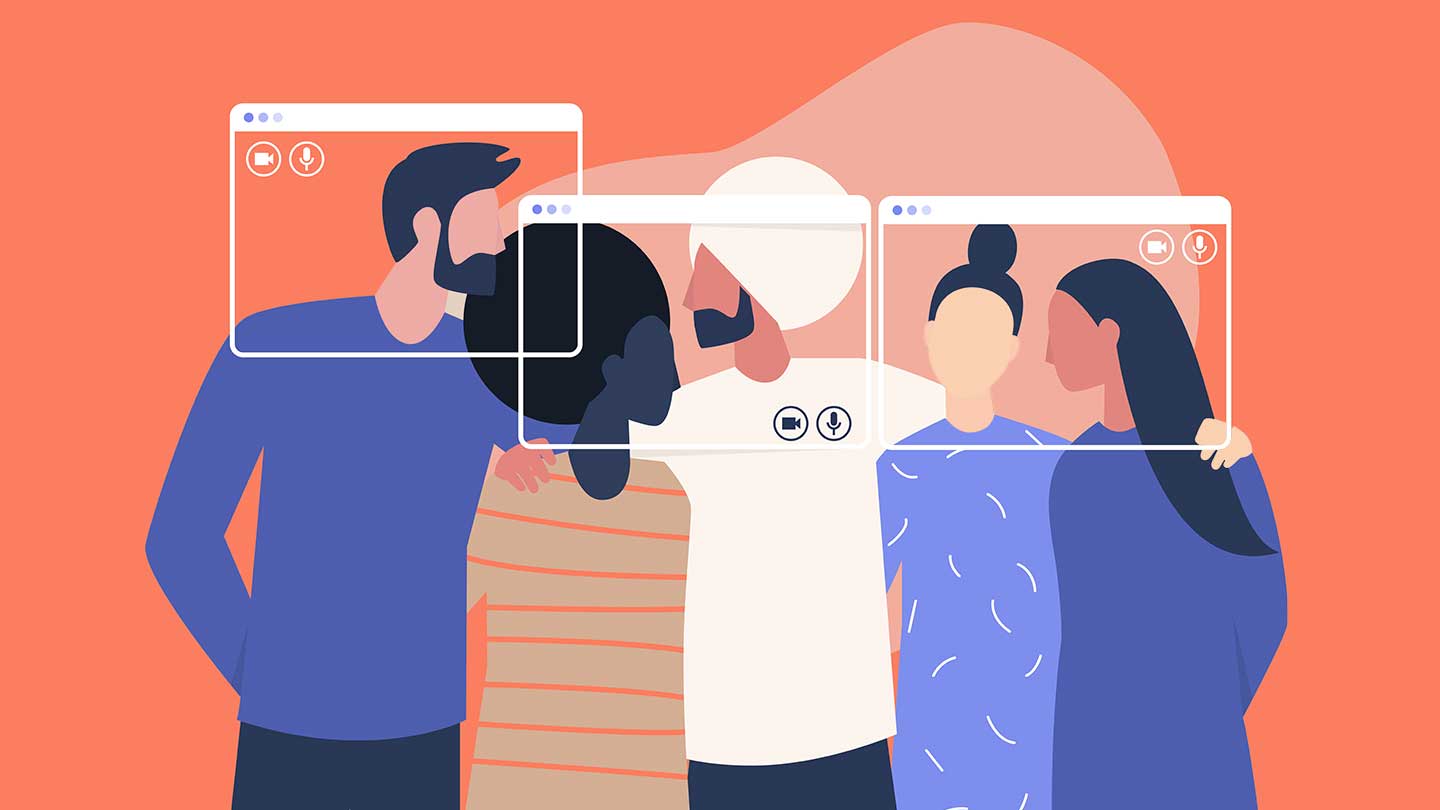As companies update their physical spaces to reflect current health recommendations, there is a growing emphasis on employee wellness. Over the past year, our work habits and challenges have shifted dramatically.
Because of the pandemic, employees found themselves suddenly working from home with their partners, roommates, children, and pets. Although those conditions made working from home more challenging, what was expected of employees did not decrease. In fact, it grew.
A staggering 83 percent of workers say the demands of their jobs have increased. Without a clear distinction between home and work, we’re working more than ever. Leaving work at work has become increasingly more difficult. And these changes are taking a toll. Some 85 percent of workers say mental health issues at work negatively impact their home life.
This past year has taught us much, especially that people bring their whole selves to work. Subsequently, we are seeing increased efforts by human resources departments to prioritize employees’ health in the workplace. As part of the WeWork Innovation Summit, WeWork’s global head of design, Ebbie Wisecarver, spoke with a panel of experts on how to prioritize teams’ mental and physical safety in the new world of work.
To view the full recording on demand, click here. Here are some of the highlights from the discussion.
Focusing on employee well-being is good for business
Long after the COVID-19 pandemic ends, positive mental health and wellness will still be a priority for employees and employers. Dr. Mark Parrish, Northern Europe regional medical director at International SOS Health Consulting Services, has been working with companies globally since the pandemic began. He says that just as physical health affects mental health, the inverse is true. And while it’s a lot easier to make a workplace more physically safe than to curate a healthy environment (overall health is longer-term and harder to measure), the fact is, consideration and robust strategies to promote all aspects of physical and mental health must go hand in hand.
In the wake of the pandemic, employers are realizing the need to emphasize, be aware of, and support the health of employees. To manage those needs, companies should have systems in place. Some results will be observed in the longer term, over a three- to five-year period for instance, but effects will be significant.
If you make a workplace safe and prioritize employees’ overall health, you impact people’s work performance and their mental health, creating a positive loop. WeWork spoke with hundreds of leaders responsible for millions of employees, and health and safety was a critical common thread for all. According to a Care.com survey of 500 human resource leaders, here’s how HR departments are placing a new emphasis on supporting employees:
- 98% of employers say they plan to expand benefits in some form
- 68% say they’ll increase work flexibility
- 63% say they’ll implement childcare benefits
- 61% already offer some form of mental health benefits, and 41% plan to expand them
If you make a workplace safer, you can impact people’s work performance and their mental health, thereby creating a positive circle.
Both employers and employees have a role to play
With the lines of work and home now blurred, it’s helpful to find ways to create mental separation between the two, says Myra Altman, vice president of clinical care at Modern Health. It will look different for everyone, but intentional time-setting, outfit changes, dedicated workspaces, and even a simulated commute can be helpful.
Wisecarver notes that teams can resist the tendency to pack more into the day, and instead agree to times they’re shutting off and not having meetings.
In moving toward a permanent hybrid work model, Marisa Bass, vice president of healthcare at CLEAR, says it’s important to remove the pressure of needing a foolproof plan in place from the start. Instead, leaders can acknowledge both where they have a firm understanding of things, and where some areas are still being ironed out.
These lines of communication are important to providing psychological safety to employees as well as to leaders themselves, Bass says. She emphasized the need for recapturing the watercooler moments when people are remote. It may look like an intentional phone call these days to catch up or learn what other teams are doing, but it’s necessary to maintain community in the new world of work.
For everyone, learning when to pause and when to reach out for support is critical. Leaders can model this by being more open and vulnerable about their own mental health practices. It can be as simple as sharing what they’re navigating with a coach or learning through meditation. This even extends to encouraging employees to use their vacation time and supporting parents who need to calendar block around their kids’ schedules.
Technology, when used right, can help
While there is evidence that too much technology can be detrimental to mental health, when used creatively, it can help support our mental health goals, says Altman.
Scheduling time on your calendar for a meditation break or a walk is one of the simplest ways, and it signifies that those moments are just as important as the other tasks on your to-do list. There are also meditation apps and digital cognitive behavioral therapy tools worth exploring. On a team level, organizations are implementing meeting-free days to be off video, have more breaks, and get more done. At Modern Health, for example, there are no meetings on Wednesdays.
Another way technology can positively impact mental health is through teletherapy. Nearly all mental health has shifted to video in the past year or so, and according to Altman, evidence shows that it is just as effective as one-on-one care. People also appreciate the convenience and the lack of commute.
Primary care has also made an accelerated transition to digital platforms. Dr. Will Kimbrough, senior medical director of clinical services at One Medical, says that his team has migrated traditional primary care services to make them available virtually. Not only are more people embracing it, but the rate of no-shows and last-minute cancellations has significantly decreased.
It’s also helping to close primary care gaps that began to open up in the first few months of the shutdown. COVID-19 has pushed medical advisers into using telehealth more. Dr. Parrish says we should build on that, and we’ll continue to see other bits of technology helping us in our jobs.
Rethink the sick day
A year ago it was normal—and often expected—for employees to come into work despite not feeling well. Sick days were typically reserved for conditions more serious than the common cold. However, Dr. Kimbrough is optimistic that the acceptable criteria for staying home will expand, as the coronavirus has given us a new perspective on the spread of germs and disease.
Organizations can no longer say health doesn’t matter, or that mental health doesn’t matter, says Altman. We don’t just exist in the workplace—we exist in our families, and in the context of our societies. Each aspect of our lives has an impact on the others.
As more companies connect humanity to productivity in the workplace, they are working to answer the question, “How do we make people feel safe and appreciated in the workplace?” The research bears out the double benefit: If you focus on employee well-being, it helps not just employees but everything from company culture to the bottom line.
To view the full recording on demand, click here.
Delesia Watson is a New York City–based writer. Her work has appeared in The Guardian, Business Insider, Fodor’s Travel, and more. Away from her laptop, Watson enjoys DIY home projects, vintage shopping, and watching cheesy movies. Find her on Instagram @Deleesh or say [email protected].
Rethinking your workspace?










